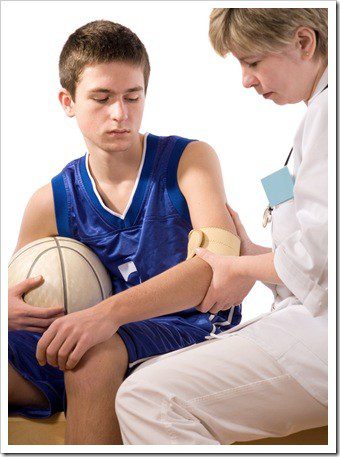Posts Tagged ‘Athletic Injury’
Welcome to Chiropractic Life and Wellness Center's Athletic Injury Archive. Here you can learn more about Chiropractic Life and Wellness Center, Chiropractic, and Dr. Brandon Chorney, today's choice for Chiropractors in New Fairfield, CT. Read Dr. Brandon Chorney's Chiropractic Athletic Injury for the health of it.
We look forward to serving you! Call - 203-746-6543.
Step Your Way into Better Health

While some fitness enthusiasts relentlessly seek out the latest, trendiest exercise crazes, many others are returning to good, old-fashioned walking to help them feel great and get into shape. Whether enjoying the wonder of nature, or simply the company of a friend, walking can be a healthy, invigorating experience. And thanks to its convenience and ...
Read More >>

